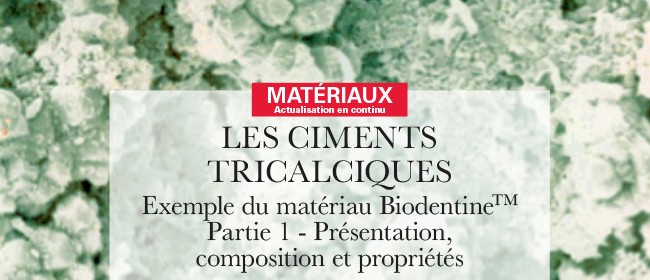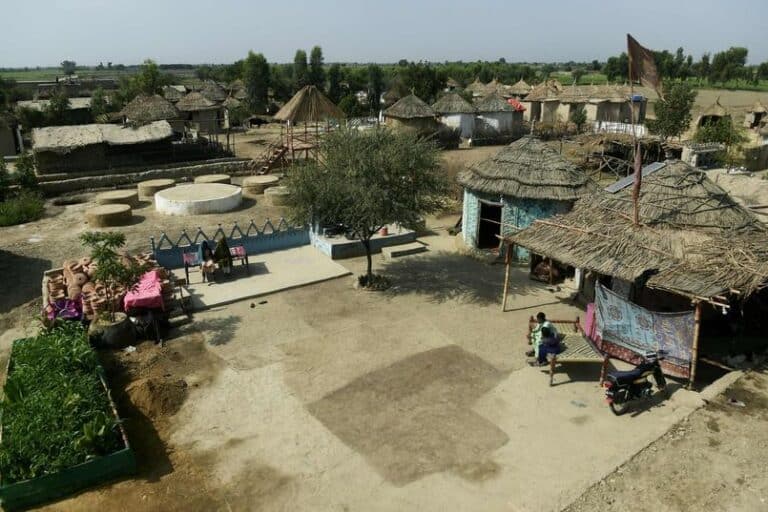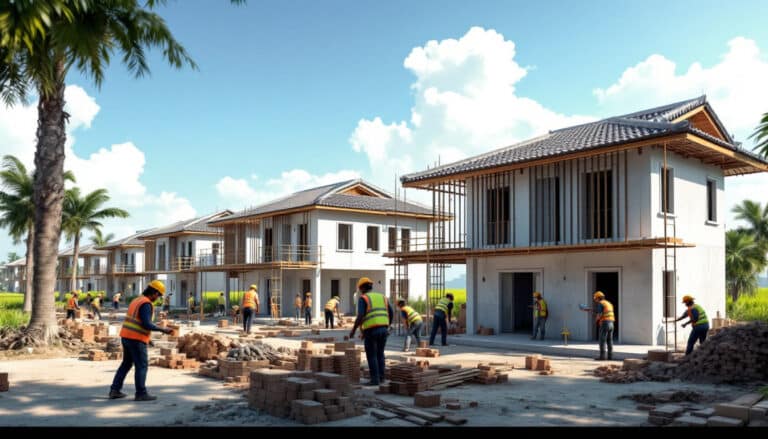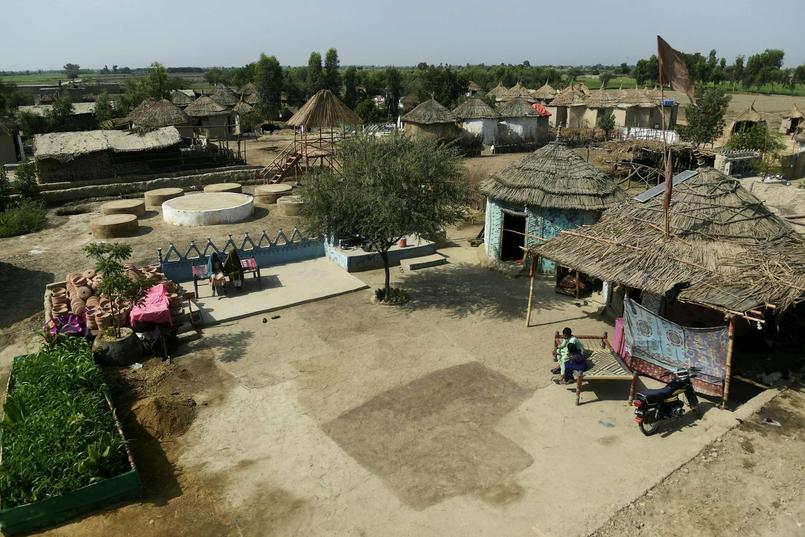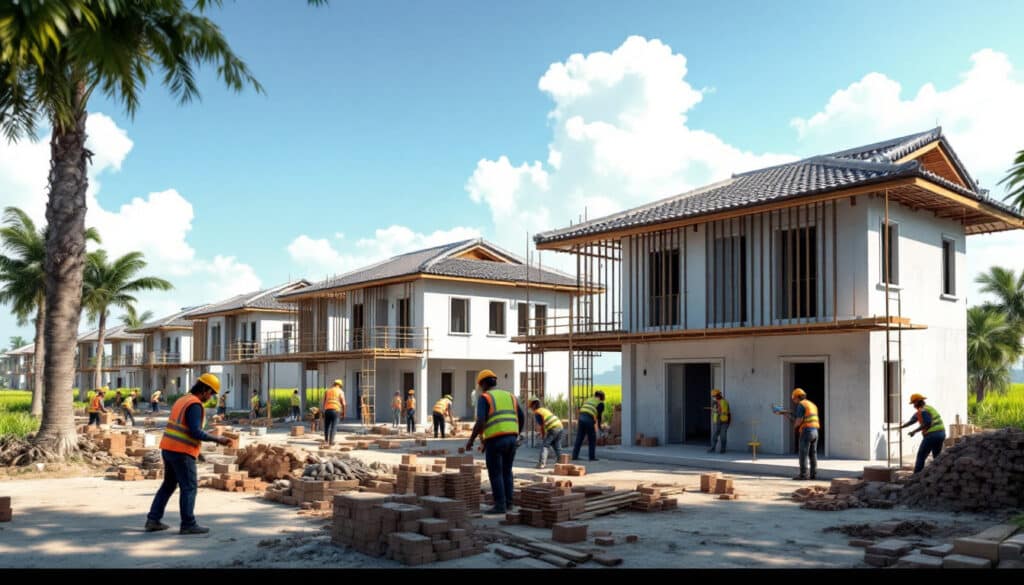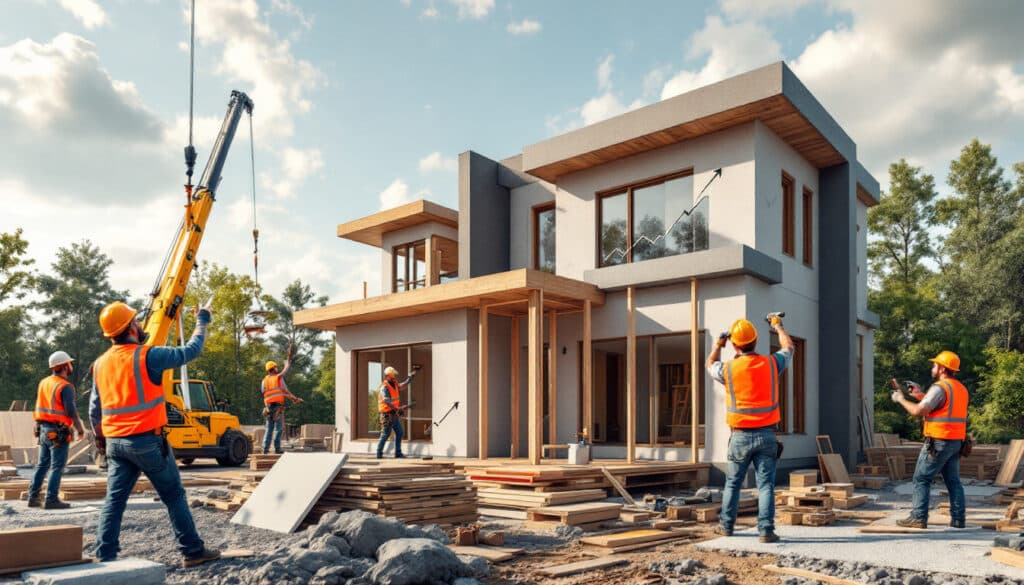
In the field of construction, the optimization of materials is essential to guarantee the durability and performance of the structures. The evaluation of the contribution in resistance calcified clays in mixed cements represents a major advance. By combining the properties of clays with those of cement, these innovative mixtures make it possible to improve the mechanical characteristics of products while reducing the environmental impact. Understand the methods of evaluating this contribution is therefore essential to take advantage of the advantages offered by these materials, by highlighting their potential to create solutions sustainable and efficient in the real estate sector.

Calcified clays, used as additives in mixed cements, offer promising prospects for strengthening the mechanical performance of construction materials. This article discusses the different evaluation methods of the resistance contribution of these clays, highlighting both their potential and the challenges associated with their use.
Table of Contents
ToggleImportance of calcified clays in mixed cements
THE calcified clays play a crucial role in improving the properties of mixed cements. Known for their ability to strengthen the mechanical resistance, they are a strategic addition that helps create sustainable materials. The evaluation of their contribution requires suitable methods to quantify their impact on the performance of cements.
Conventional test methods
Conventional tests remain the reference tools for measuring the resistance of cements. Typically, they rely on established protocols as the standard NF EN 196-1. These tests make it possible to determine the compressive and flexural strengths of cements mixed with calcified clays, based on a standardized hardening process. However, these methods can sometimes underestimate the true contribution of clays.
Advanced experimental approaches
More recent methods have been incorporated to examine in depth the effect of calcified clays on cements. For example, the shear strength tests make it possible to measure the cohesion and the internal friction angle of the treated soils. These elaborate techniques provide a more complete view of the mechanical properties and chemical interactions between components.
Assessment of VOC emissions
Another dimension of the evaluation concerns the Emissions of Volatile Organic Compounds (VOCs) when using mixed cements enriched with calcified clays. Quantifying VOCs is essential because it influences not only air quality, but also the long-term durability of structures. Accurate measurement methods must be implemented to ensure compliance with environmental standards.
Analysis of results and implications
The results from these different evaluation methods offer valuable insights into the effectiveness of calcified clays in cements. By compiling and analyzing data, it is possible to better understand the synergies between materials and optimize their use. This understanding could lead to more sustainable cement formulations and reduced environmental impact.
Evaluation challenges
Despite this progress, several challenges remain. The variability of clay sources, the need to adapt test methods to the specific properties of the materials, and the complexity of the interactions between the elements composing the cement make the evaluation of the resistance contribution less trivial than it is. it seems. A harmonized and standardized approach is crucial to overcoming these obstacles.
Calcified clays represent an essential component of modern mixed cements. THE evaluation methods of their contribution to resistance are varied and constantly evolving, but they remain theoretically centered on established standards. Continued research and innovation in this area is essential to ensure that these materials can meet future sustainable construction requirements.
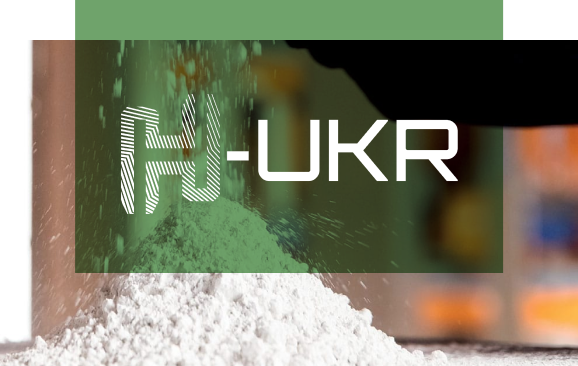
- Mechanical tests : Evaluations of the compressive and flexural strengths of mixed cements containing calcified clays.
- Sustainability : Resistance tests in irradiation and humidity conditions, observing long-term resistance.
- Chemical analysis : Evaluation of the composition of cements and the influence of clays on hydration.
- Material characterization : Identification of the properties of calcified clays and potential improvements.
- Environmental impact : Evaluation of VOC emissions and the carbon footprint of mixed cements.
- Soil stabilization : Comparison with traditional stabilization methods, such as lime, for optimized performance.
- Testing Standards : References to standards such as NF EN 196-1 for determining the strength of cements.

